#delhi sultanate
Text
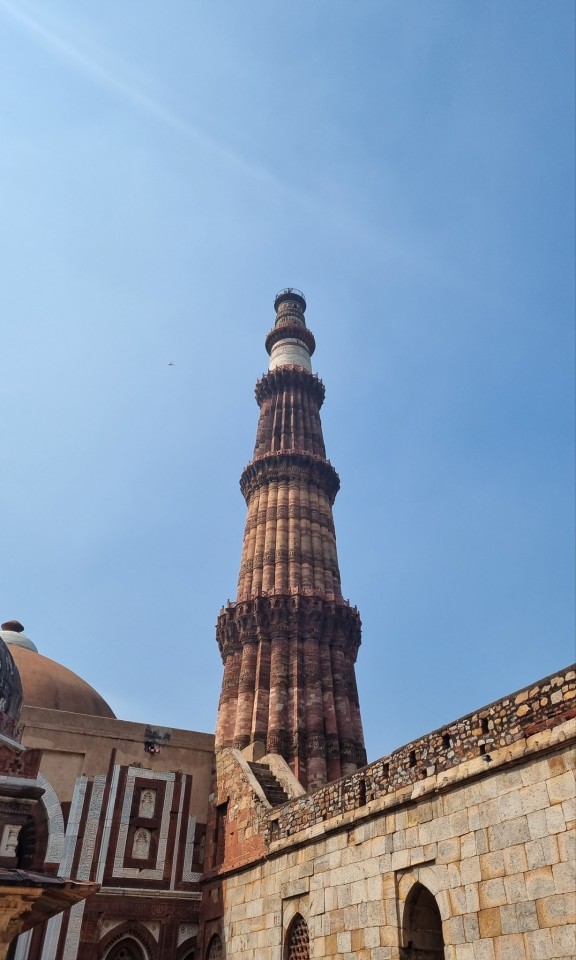
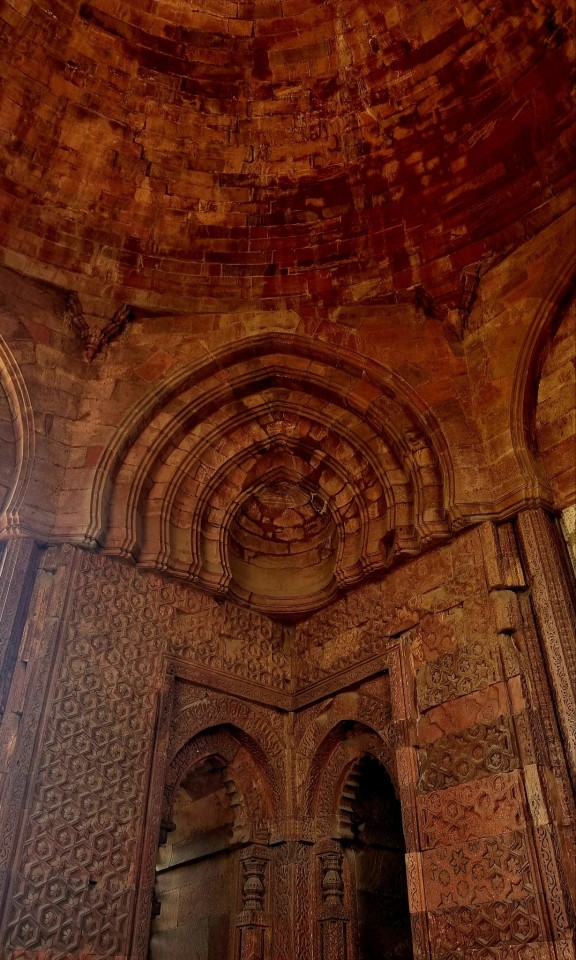
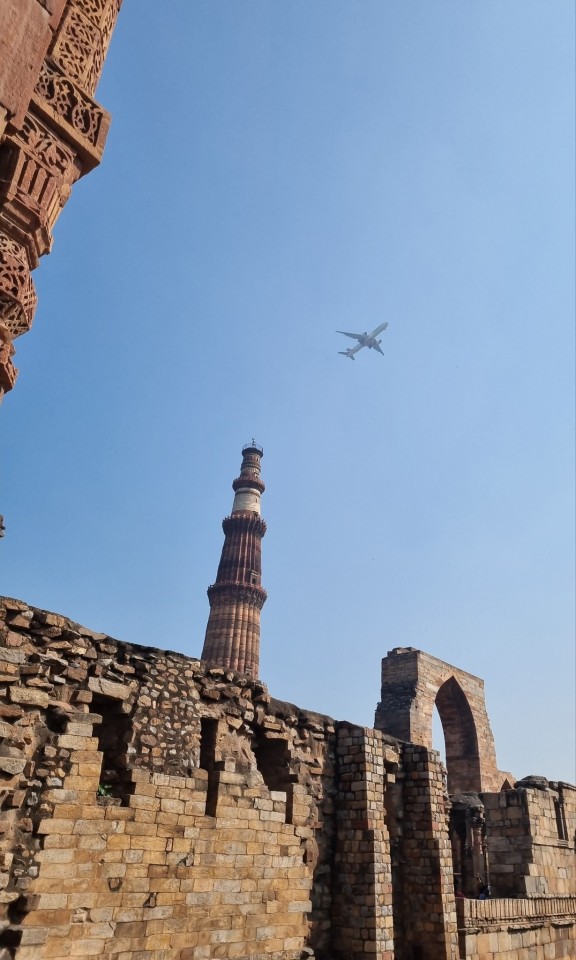
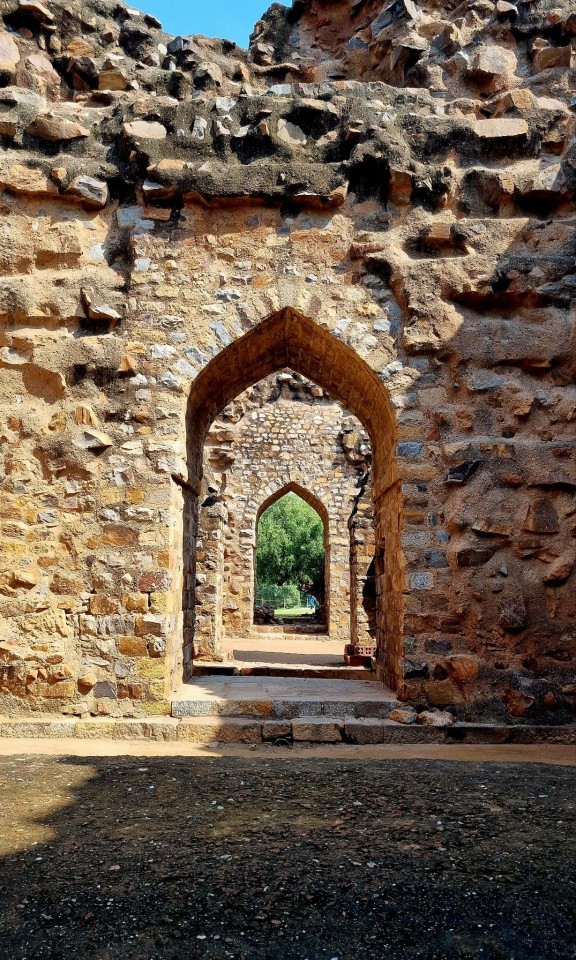
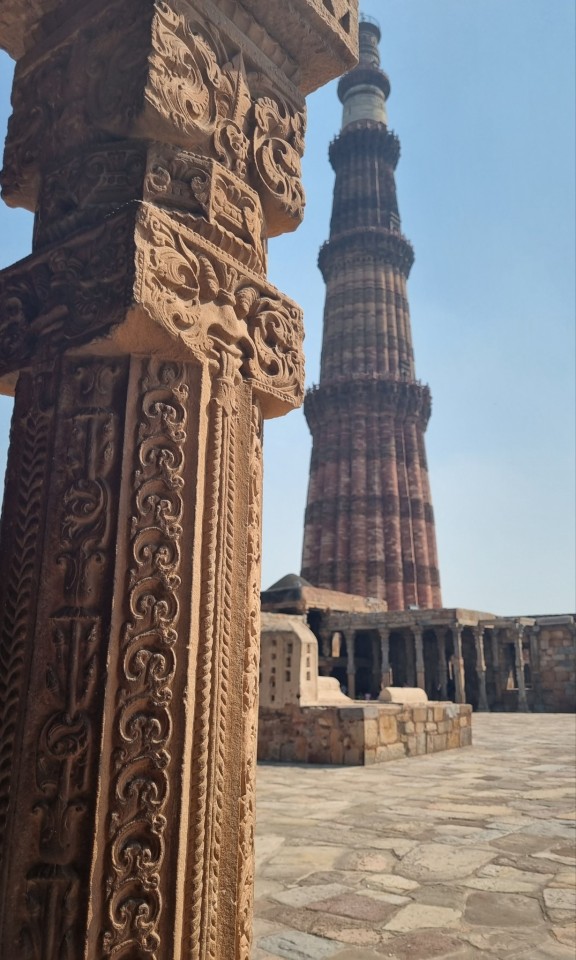


Please like or repost if downloading. Please give credit if you're sharing it online.
#qutub minar#history#monuments#dilli#delhi#new delhi#india#cultural#asia#delhi sultanate#mughals#mehrauli#qutub complex#indo islamic architecture#qutb ud din aibak#iltutmish#tughlaq dynasty#lodi dynasty#wallpaper#historical wallpapers#phone wallpapers#indian monuments#historical monuments#for you#trending#tumblr
8 notes
·
View notes
Text
Razia Sultan
Raziyyat-Ud-Dunya Wa Ud-Din, popularly known as Razia Sultan, was born in 1205 and ruled the Delhi Sultanate from 1236 to 1240. She was the first and only female Muslim ruler of Delhi and the Indian subcontinent.
Razia's path to power was influenced by her father, Mamluk Sultan Shamsuddin Iltutmish. He recognized her capabilities and named her as his heir apparent after observing her administration of Delhi during his absence in 1231–1232. However, upon Iltutmish's death, her half-brother Ruknuddin Firuz seized the throne, backed by their mother Shah Turkan.
Razia, determined to claim her rightful position, incited a rebellion against her brother and his supporters. With the support of certain nobles and the public, she successfully overthrew Ruknuddin, ascending to the throne in 1236.
During her reign, Razia faced challenges from Turkic nobles who initially underestimated her but grew resentful of her assertive leadership. Despite opposition, she implemented policies that challenged traditional power structures, including appointing non-Turkic officers to key positions and leading military campaigns herself.
However, her rule was short-lived. In 1240, she was deposed by a group of nobles who opposed her policies. Razia attempted to regain power by marrying one of the rebels, Ikhtiyaruddin Altunia, but was ultimately defeated by her half-brother and successor, Muizuddin Bahram.
Razia Sultan's reign is significant for challenging gender norms in medieval Islamic societies. Her brief tenure as ruler symbolizes the potential for female empowerment in male-dominated political landscapes. Despite her ultimate defeat, Razia's legacy endures as a testament to her resilience and determination to defy societal expectations.
#razia sultan#sultan#raziya sultan#razia sultana#women in history#slave dynasty#indian royalty#indian women in history#history#indian history#delhi sultanate
5 notes
·
View notes
Text

daulatabad fort - maharashtra, india
#mine#maharashtra#abandoned#palaces#ruins#india#indian architecture#mughal empire#delhi sultanate#fort#yadava dynasty
5 notes
·
View notes
Text
DELHI SULTANATE WAR ELEPHANT, 13TH CENTURY

One of the images I made, but didn't end up using, for my video on Mongol heavy cavalry in the wars against the Khwarezmian Empire and Delhi Sultanate.
War elephants were rarely part of the Mongol army: the Mongols found more use for them in labour or as mounts for Khubilai Khan while he travelled or hunted. They were otherwise seen as too cumbersome, unreliable and difficult to feed for regular military usage. The Khwarezmians had only a few that they took from the Ghurids which played no real part in the war against the Mongols. In contrast, the Delhi Sultanate made great use of them, armouring them and placing towers on their back to hold archers and javelin-men. Mongol armies also faced them in south eastern Asian, fielded in great numbers by the kingdoms of Dai Viet, Champa (today's Vietnam) and Pagan (Myanmar).
The general idea seems to be that for the Mongols, elephants were hard to kill outright, especially when armoured. They were also troublesome as their scent and sound frightened horses. However, the Mongols proved capable of driving them mad with concentrated arrow-barrages, at which point the animals became a liability and would run wild through their own lines. Unfortunately, the sources give rather few details as to most Mongol-elephantine military interactions.
This elephant here is based off our brief source descriptions and paintings from early 14th century editions of the Ilkhanate's Jami' al-Tawarikh to depict a Delhi war-elephant. The mahoot and javelin-man are Hindus in Delhi service, with a Turkic archer accompanying them.

I talk about Mongol heavy cavalry in the war against Khwarezm in my latest video:
youtube
3 notes
·
View notes
Text
As large kingdoms took control of smaller ones in India, not all were ready to submit. The Kakatiya dynasty, descendants of a legendary chieftain, ruled parts of the Deccan plateau in India from the 12th to 14th centuries. They were not going to take the attempted invasion without resistance.
15 notes
·
View notes
Link
So what was curry like before Columbus? Well, curry didn’t exist.In these cases, I find it useful to consult my Hobson-Jobson, the nineteenth-century dictionary of Anglo-Indian loan words. According to that source, curry comes from the Portuguese word karil (caril) via the Tamil word kari (sauce, relish for rice). In the sixteenth century, this was transliterated into English as caril, but by the 1680s entered English as carrees, perhaps from caris, an Anglicized plural form of the Portuguese.3
....
Before spicy came spice: the history of curry before Columbus is a history of spice. And so I wonder: what spices were used? In what quantities?
The best spice to help answer these questions might be asafetida (also spelled asafoetida). Known in Hindi as hīng, it’s the dried resin taken from the root of the Ferula herb, and is used throughout Indian cuisine in nearly all Indian regions. When fried in oil, it adds a lovely umami flavor to any dish, one reminiscent of garlic or onions.
#indian history#food history#indian food#12th century#16th century#historic recipes#Delhi Sultanate#Malwa Sultanate#Someshvara III#mughal#mughal empire
13 notes
·
View notes
Link
Legend has it that the Mongolian horsemen took animal intestines filled with cream to eat on their journeys across the Gobi Desert. As they galloped the cream was vigorously shaken, while at the same time the sub-zero temperatures of the desert froze it, creating something like our ice cream.
#icecream#ice cream#dessert#frozen dessert#amul#amulicecream#kwality walls#history#mongolian#sorbet#sorbetto#sherbet#gelato#pennylick#fromage glace#kulfi#matka kulfi#baskin robbins#haagendazs#delhi sultanate#ibn battuta#delhi#mughals#ice cream barge
1 note
·
View note
Text
removing mughal chapters won't do shit, cbse. they were a part of our history and we will study them. want to make amends? well first stop glorifying them and include medieval history about marathas, ahoms, rajputs, cholas, rashtrakutas, chalukyas, gurjara pratiharas, vijaynagara and many more empires.
#i still remember the 7th standard history book gawd#filled JUST with delhi sultanate and mughals#history#India#cbse
288 notes
·
View notes
Text
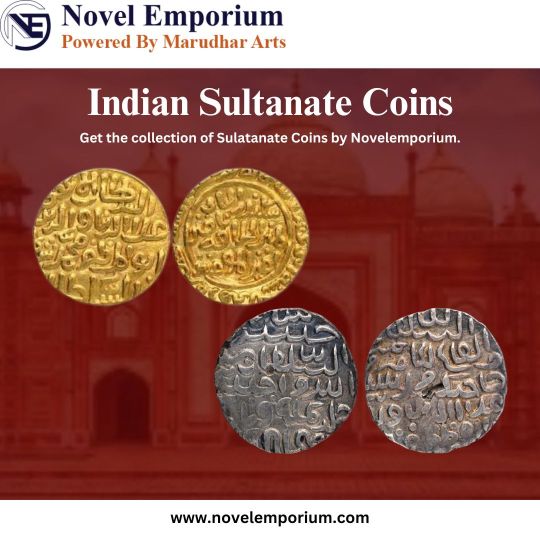
Indian Sultanate Coins are historically significant as they were minted during the reign of Muslim dynasties in the Indian subcontinent from the 13th to 16th centuries. Gold, Silver and Copper Coins adorned with intricate designs, calligraphy and symbols serve as valuable artifacts that provide insights into the cultural, religious and political milieu of that era.
We have broad collections of Indian sultanate coins like Delhi, Bengal, Kashmir and Gujarat, Bijapur sultanate, Khilji.
To Buy now
visit our website: www.novelemporium.com
Call: 88670 29800
Email: [email protected]
2 notes
·
View notes
Text
tudor period and other european monarchies during that time + sultanate of women in ottoman empire are 2 of my most favourite period of history
6 notes
·
View notes
Text
#one world one smile#razia sultana#first woman ruler of india#biography of razia sultana#sultana razia: empress of india#first muslim woman ruler of india#raziya sultana#razia sultan biography in hindi#real history of razia sultan#indian history#razia sultan history#first turk woman ruler of a muslim sultanate#razia sultan 1st female ruler of delhi sultanate#south asia's first female monarch#the rise of razia sultana#first and last emperor of delhi sultanate#smile
0 notes
Photo

We loved designing smiles for our Haryana Kesari Superstar Wrestler Sunny Joon.From starring in Sultan Movie with Salman Khan he has scaled heights in his career and we had a pleasure treating him.
#stunningdentistry#stunning dentistry reviews#stunning#dr priyank sethi#greater kailash#new delhi#india#wrestling#salman khan#sunny joon#sultan#braces#aligners#teeth allignment#teeth gap
0 notes
Text
Nur Besm-i Alam (insp. Mallika Sherawat)
En övning i bläckpenna för framtida porträtt-och figurteckning, föreställande Nur Besm-i Alam, en karaktär från en fantasyberättelse.
Mellan andra projekt har regelbundna övningar i vissa tekniker genomförts, i förhoppningen att de ska kunna tas till nästa nivå och på ett mer rättvisande sätt kunna avbilda scener och karaktärer som gror i ens inre. Bland de mest talrika har varit övningar i…

View On WordPress
#Delhisultanatet /Delhi Sultanate#Mallika Sherawat#Razia Sultan#smycken /jewellry#tuschteckning /ink drawing /dibujo a tinta
0 notes
Text

daulatabad fort - maharashtra, india
#mine#ruins#abandoned#maharashtra#india#indian architecture#mughal empire#delhi sultanate#fort#yadava dynasty
0 notes
Text
youtube
Part 3 of the Mongol heavy cavalry series is now up!
#mongol empire#chinggis khan#genghis khan#heavy cavalry#khwarezm#delhi sultanate#cuman#Qipchaq#kipchaks#Youtube
1 note
·
View note
Text
youtube
#Political History Of Delhi Sultanate | Medieval History Of India | Srinivasa Rao | Tone Academy#The Delhi Sultanate was the first Islamic state to be established in India.#This video details about the same in detail.#politicalhistoryofDelhiSultanate#delhisultanat#history#historyforupsc#historyforcompetitiveexams#Youtube
0 notes